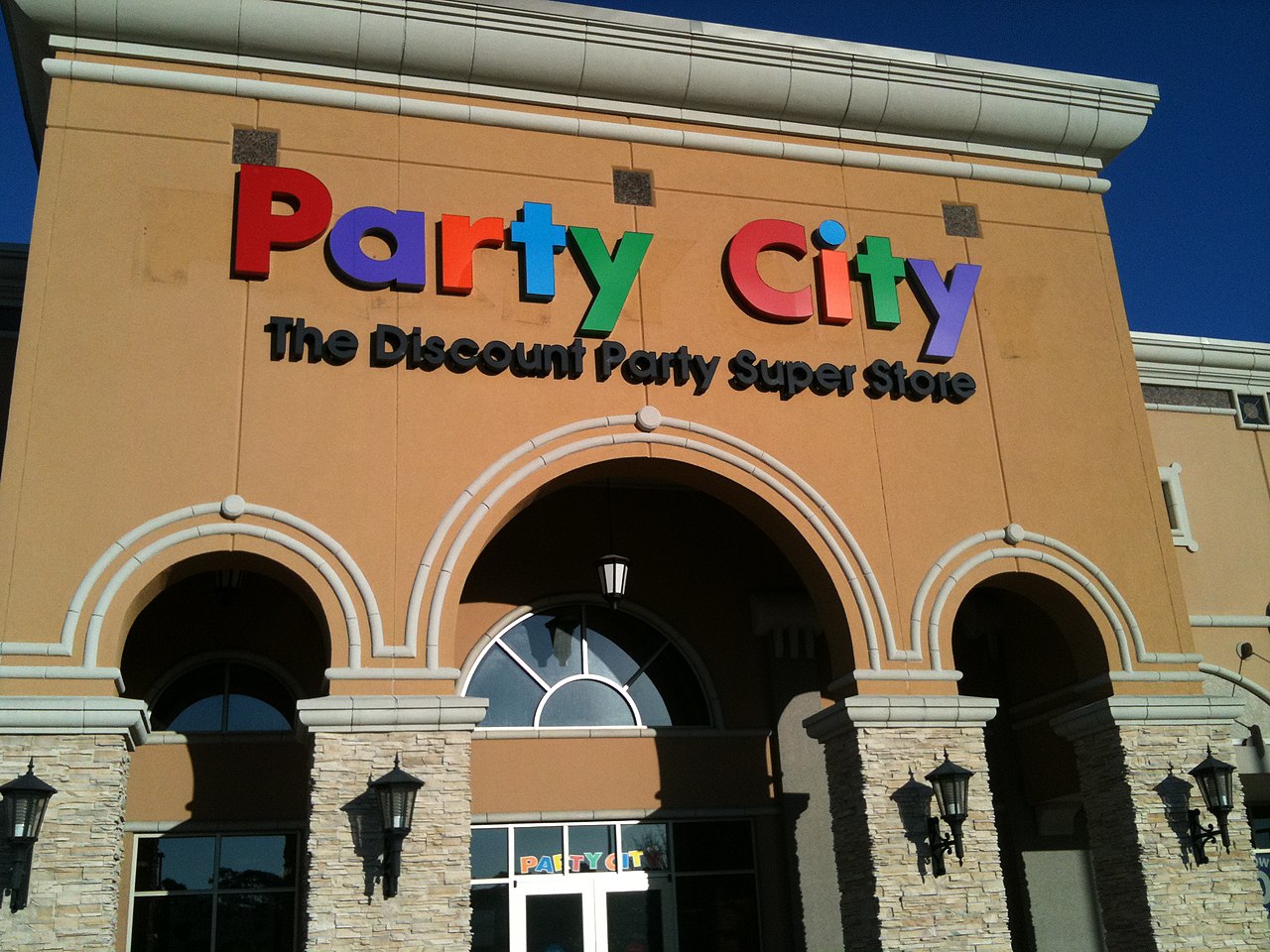Within the state’s college campuses, recent evidence emphasizes the struggle of students to afford meals, with some sacrificing nutrition to cover the costs of books and fees. Studies on food insecurity among college students in California have found prevalence rates ranging from one-quarter to more than one-half across various campuses. Eighty-four percent of college students consumed fast-food with 54% eating it at least once a week. Low cost and good taste were the main reasons students consumed fast-food, while high cost and preference for other restaurants were main reasons not to consume it. Links to the sources can be found at bottom of the last slide.

College students in California face unique challenges exacerbating food insecurity, including managing their own food and finances for the first time, alongside rising tuition costs and changes in financial aid policies.
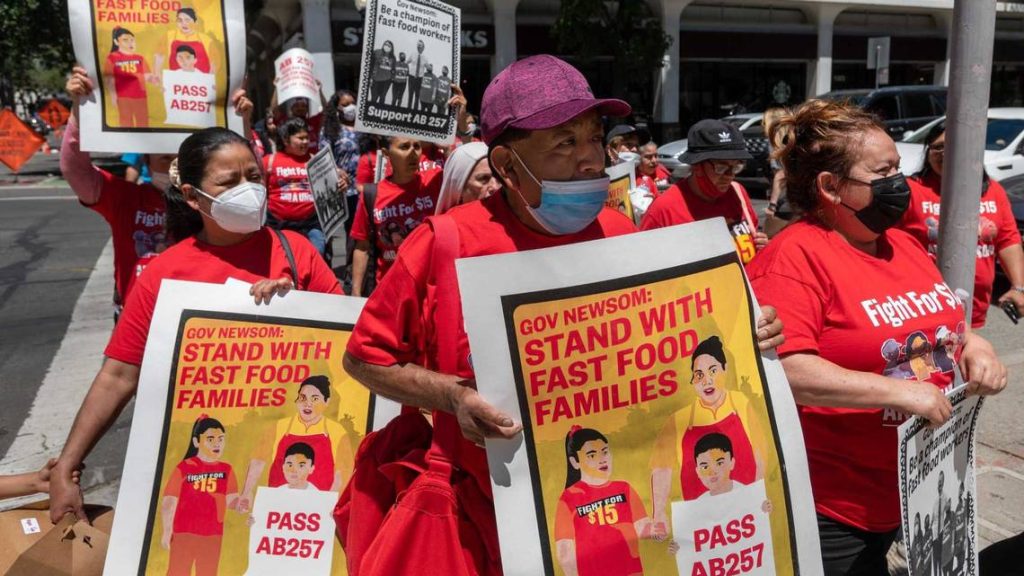
The recent minimum wage hike in fast-food restaurants has impacted the affordability of meals for students. Lower-income students are particularly vulnerable, with roughly 42% of University of California (UC) students receiving Pell Grants, federal financial aid for low-income families.
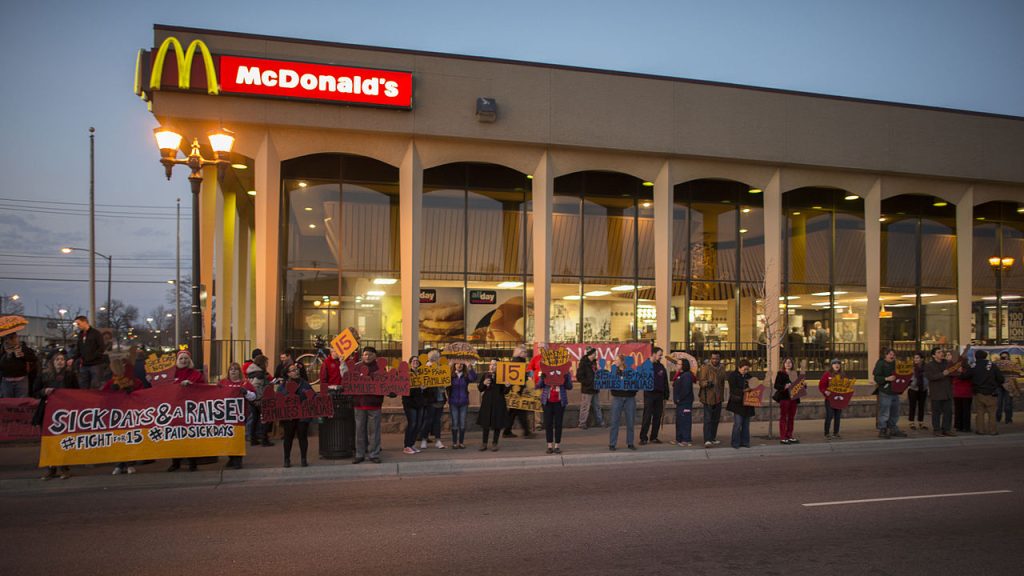
This wage increase has priced out budget-friendly fast-food options, leaving students with limited access to affordable meals. As a result, students may face difficulties often skipping meals, impacting their overall health and academic performance.

Many students lack the necessary food storage and preparation locations to find sources of food besides fast food. The absence of adequate kitchen facilities in student housing or residence halls can limit students’ ability to cook meals, forcing them to rely on fast food or other convenience options. This exacerbates the challenge of accessing food and contributes to the prevalence of food insecurity among college students.
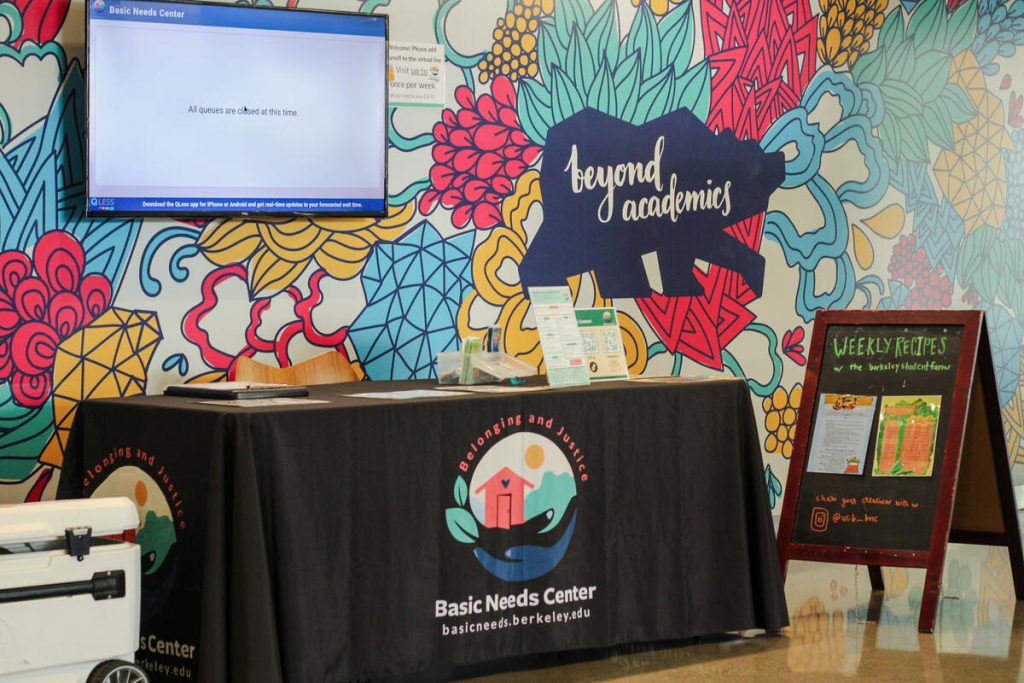
Within the younger generations, grassroots organizing efforts have emerged to address these challenges. For example, UC Berkeley’s student-run food pantry collaborates with the Alameda Food Bank, student farms, local donations, and purchases to provide a range of nutritious food for students and university staff. The pantry also offers Calfresh application assistance, emergency housing, a basic needs emergency fund, and case management.
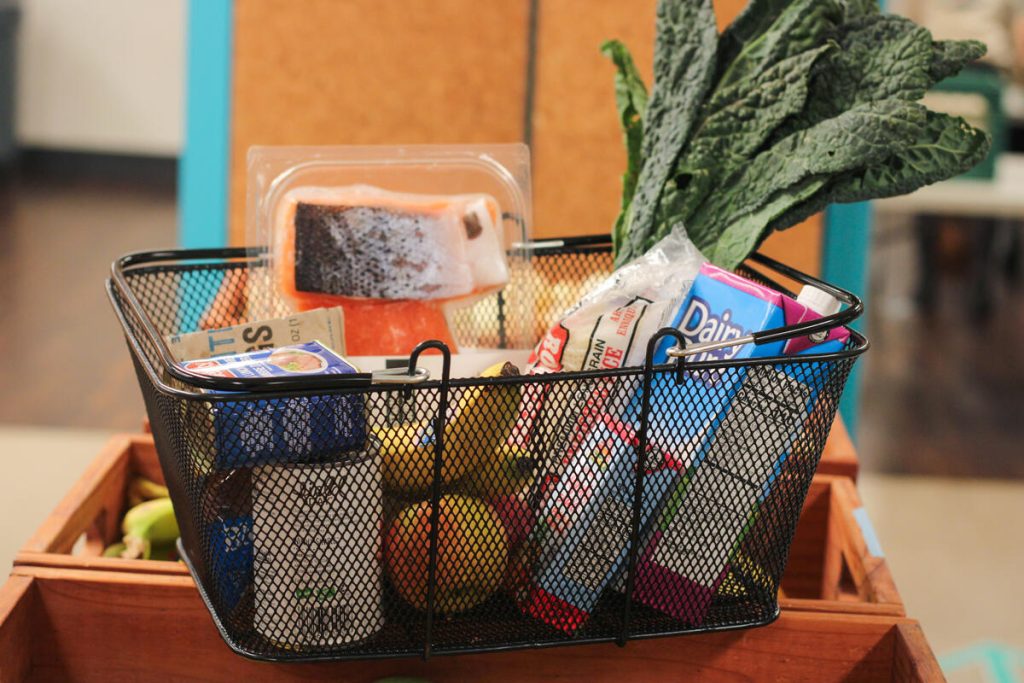
While food pantries can provide urgent, short-term resources, they are not a sustainable, long-term solution for students. College food pantries are usually managed by volunteers and have limited budgets and resources, which may result in a lack of nutritious food availability. Additionally, the stigma surrounding food pantries may deter some students from utilizing this resource.
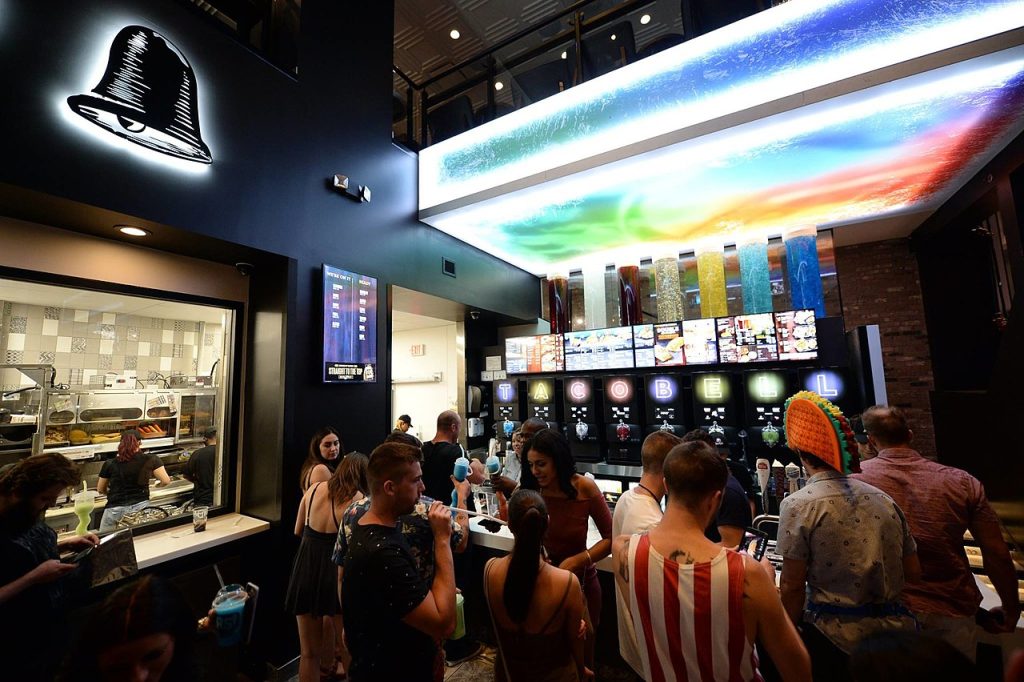
Accurately measuring food insecurity among college students remains a challenge, necessitating validated measurement tools tailored to the California context. These tools will be instrumental in informing targeted interventions and policy decisions aimed at alleviating food insecurity among college students statewide.
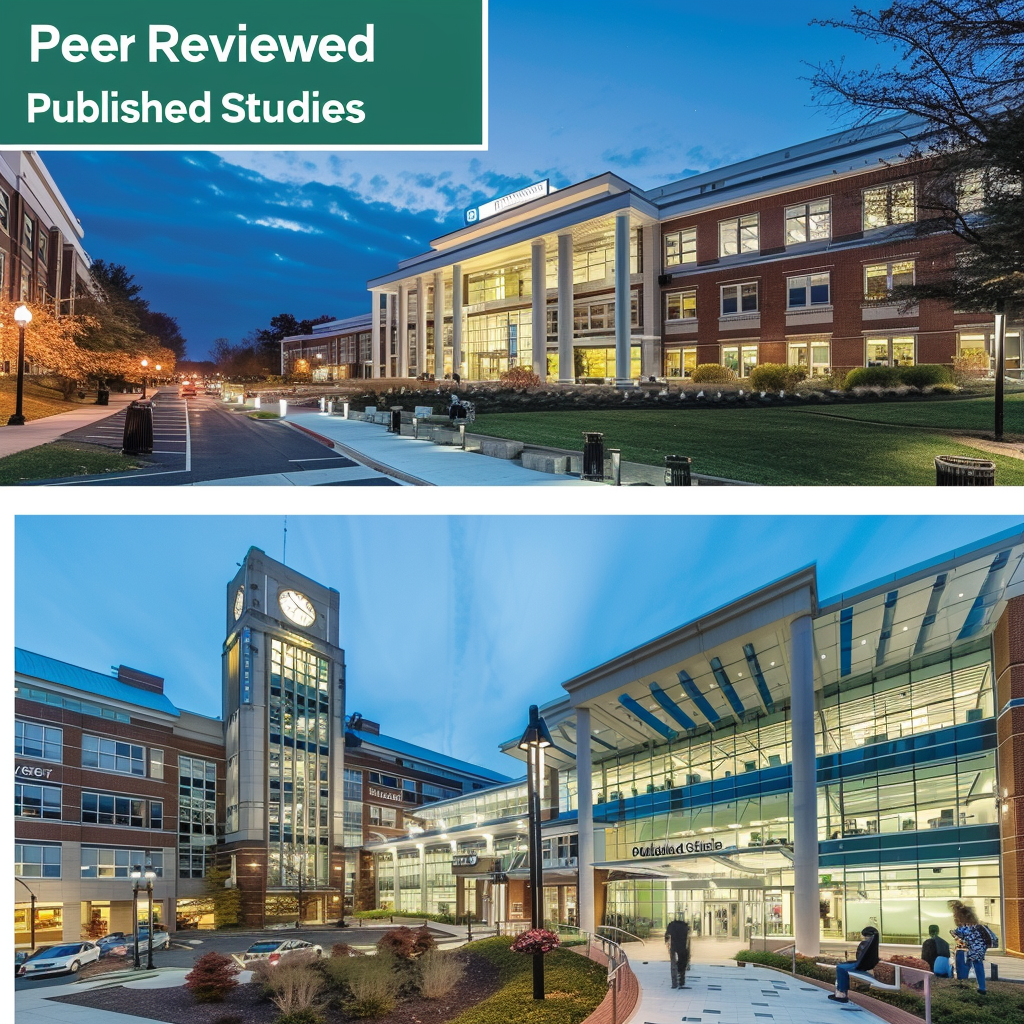
Sources:
- University of California Regents (2016). UC Global Food Initiative Student Food Access and Security Study. Retrieved from here.
- Goldrick-Rab, S., Coca, V., Kienzl, G., Welton, C., & Aft, J. (2021). College Hunger: Addressing Food Insecurity Among College Students. Children and Youth Services Review, 122. Retrieved from here.
- A College Fast-Food Environment and Student Food and Beverage Choices: Developing an Integrated Database to Examine Food and Beverage Purchasing Choices among College Students Retrieved from here.
- Fast-food consumption among college students and their attitudes toward healthier fast-food options Retrieved from here.


